Modern access technology is transforming the apartment living experience
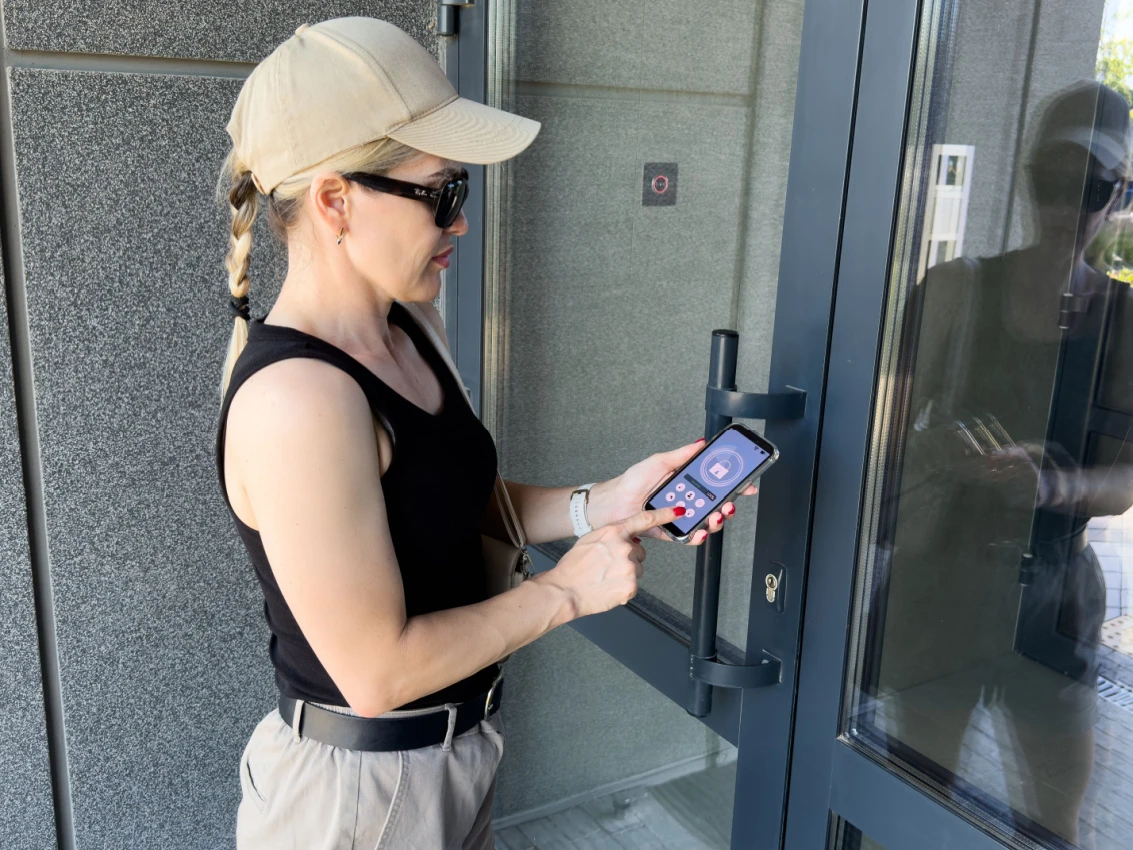
6 Ways Keyless Smart Locks Improve Multifamily Dwellings
Are you constantly seeking out innovative solutions to enhance the security, convenience, and operational efficiency of your multifamily dwelling? If you’re still relying on traditional key-and-lock systems, you could be missing out on significant operational advantages.
Gone are the days of lost keys, costly lock replacements, and tenant lockouts. Keyless smart locks that rely on digital credentials such as PIN codes or access cards are redefining how residents, property managers, and service providers access buildings and individual units.
- I’ve witnessed firsthand how modern access technology is transforming the apartment living experience for both property managers and residents. Here are six impactful ways smart locks are elevating multifamily communities.
Enhanced Security and Control
Traditional keys can be lost, copied, or stolen without leaving a trace. On the other hand, keyless smart locks offer a higher level of security by allowing access to be granted or revoked digitally. Property managers can assign unique access credentials to each tenant, staff member, or vendor, and track usage in real-time.
Also, advanced models often integrate with video intercoms, surveillance systems, and mobile management platforms. This gives property managers a complete picture of who is coming and going. This audit trail is invaluable for security, particularly in large or high-traffic multifamily properties. Access rights can also be adjusted instantly. For example, if a tenant moves out or a contractor’s job ends, their access can be revoked with a few clicks. This eliminates the need to change locks or collect keys.
Convenience for Tenants
Modern renters value convenience, and keyless smart locks deliver just that. Residents no longer have to fumble for keys or worry about being locked out. With smart locks, access can be granted through smartphones, fobs, biometric readers, or even voice assistants in some cases.
Tenants can also remotely let in guests, dog walkers, or cleaning services without being physically present, which adds flexibility to their lifestyle. Temporary access codes or digital “guest passes” can be set with time restrictions, giving residents peace of mind about who enters their home.
This level of convenience aligns well with the expectations of tech-savvy renters, making properties with smart locks more attractive in a competitive rental market.
Screen Your Tenant Today!
Gain peace of mind with AAOA’s credit, criminal, and eviction reports.
Streamlined Property Management Operations
Managing access in multifamily dwellings has traditionally involved a lot of manual work, which includes cutting keys, replacing locks, and tracking who has access to what. Smart locks significantly reduce this burden.
From a central management dashboard, property managers can assign, monitor, and revoke access rights for individual units, shared amenities (like gyms or laundry rooms), and building entrances. This saves time and reduces administrative overhead, especially in larger complexes.
Smart locks also integrate with property management software, which allows for automation and coordination of leasing, maintenance, and security tasks. For example, maintenance personnel can be given temporary access to specific units. Notifications can also be sent when the job is complete.
Lower Long-Term Costs
While the upfront investment in keyless smart locks may be higher than traditional lock-and-key systems, the long-term savings are substantial. For example, there will be no more rekeying. When tenants move out, there’s no need to replace locks because you can just update digital credentials. There will also be fewer lockouts, as tenants who misplace their phones or forget access codes can often regain access via customer support or secondary verification methods.
On top of this, there will be reduced personnel hours. Automated systems mean fewer staff are needed for key handovers, lock replacements, or access management. By eliminating many recurring costs associated with traditional lock systems, smart locks deliver a strong ROI over time.
Improved Tenant Retention and Marketability
Smart home technology is no longer just a luxury; it’s quickly becoming an expectation, particularly among millennials and Gen Z renters. Offering smart locks and other smart home features can be a major differentiator when marketing a multifamily property.
For example, smart locks contribute to a modern, forward-thinking image, which will help attract quality tenants and improve resident satisfaction. In fact, surveys have shown that renters are willing to pay a premium for the added security and convenience smart locks offer.
Retaining tenants is also easier when they’re happy with the living experience. Smart locks reduce friction points like lockouts and maintenance delays, which contributes to overall tenant satisfaction and loyalty.
Increased Property Value and Future-Proofing
Installing smart locks is both a short-term upgrade and an investment in the property’s long-term value. Buildings equipped with smart technologies are often valued higher due to their enhanced appeal, security, and operational efficiencies. As the real estate industry shifts toward more digital, contactless solutions, properties with legacy lock-and-key systems risk falling behind.
By adopting keyless smart locks now, property owners future-proof their buildings and remain competitive as tenant expectations continue to evolve. In the event of a sale or refinancing, a modern, tech-equipped property may also command a higher valuation or more favorable lending terms due to its upgraded infrastructure and reduced risk profile.
To Wrap It All Up
Keyless smart locks are transforming the multifamily housing sector. With enhanced security, operational efficiency, and an improved resident experience, these systems represent a smart investment for property managers and developers alike. While the technology continues to evolve with new features like facial recognition and cloud-based access management, the core benefits remain consistent: security, convenience, and control.
As the demand for smart living increases, multifamily dwellings that adopt keyless smart locks today are well-positioned to thrive in the rental market of tomorrow.
Source: Multifamily Insiders


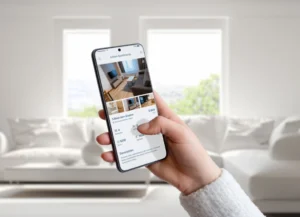

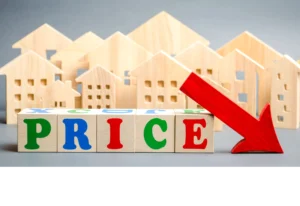
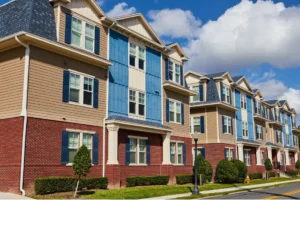
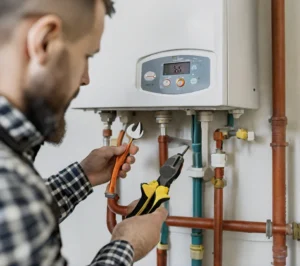






 Accessibility
Accessibility